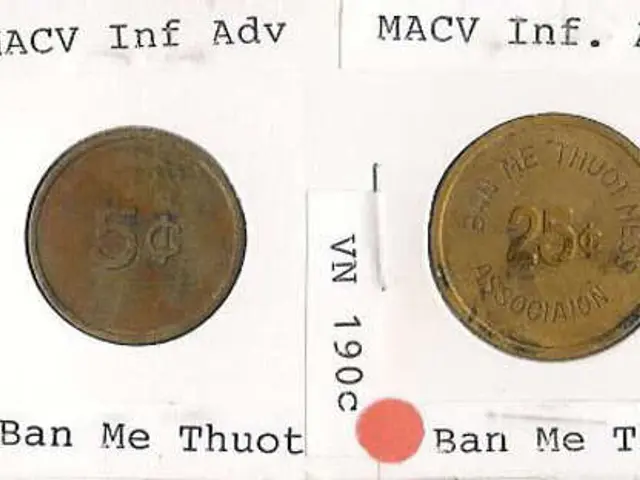A Chronicle of Gambling Establishments in Las Vegas
A New Era Emerges: The Birth and Growth of Las Vegas as a Gambling Hub
Las Vegas, the city of neon lights, glamour, and non-stop entertainment, has a rich history that dates back to 1905. Founded by the Los Angeles and Salt Lake railroad company, the modest railroad town began its transformation into a bustling metropolis with the legalization of gambling and changes to divorce laws in the 1930s [1].
In 1941, the iconic Las Vegas Strip was born with the opening of the first casino, El Rancho Vegas. The Mob, led by infamous mobster Bugsy Siegel, began to establish themselves in Las Vegas during this time, with Siegel taking control of the Flamingo resort in 1946 [2]. The Mob's success with the Flamingo led them to open several other casinos on the Strip, including the Frontier and the Sands.
The legalization of gambling created a legal foundation for casinos and gaming establishments to operate openly, drawing tourists and gamblers seeking entertainment and opportunities to win money. Nevada's liberal divorce laws also played a crucial role, attracting thousands of people, particularly from more restrictive states, who came seeking speedy divorces [1].
While the rapid divorce tourism was primarily centered in Reno, it helped build Nevada’s reputation as a place of personal freedom and escape from traditional constraints, including in Las Vegas. Tourism related to both gambling and divorce revitalized the local economy and brought new money, jobs, and infrastructure development [1].
The combination of legalized gambling generating continuous visitor traffic, and divorce seekers who often spent time in casinos and hotels during their residency period, fueled Las Vegas’s transformation from a quiet railroad stopover into a lively city with a booming hospitality and entertainment industry [1].
During the 1990s, megaresorts like The Mirage, Treasure Island, MGM Grand, Luxor, Bellagio, Venetian, and many more, transformed Las Vegas. Steve Wynn dreamed up and built The Mirage, the first megaresort on the Strip, which opened in 1989 [3]. These megaresorts focused on providing an affordable, luxurious experience for middle-class customers, often in a family-friendly setting.
Today, Las Vegas is home to around 150 casinos, with 31 on the Strip. The newest resort in Las Vegas, Resorts World Las Vegas, opened in 2021, offering cashless betting and digital purchasing options [4]. Brick-and-mortar casinos still dominate, but the rise of online gambling presents a potential challenge. However, many Las Vegas casinos are adapting by offering both virtual and physical gambling options [5].
Despite these changes, the atmosphere and excitement Las Vegas is known for is believed to ensure a continued demand for its casinos. The city attracted eight million tourists per year by 1954 due to the increasing number of casino complexes [6]. Technology is playing a significant role in transforming the gambling industry, with Resorts World offering cashless betting at slots and tables, and digital purchasing for food and entertainment.
In conclusion, the legalization of gambling and the changes to divorce laws in the 1930s played a pivotal role in transforming Las Vegas from a modest railroad town into a bustling city by attracting a steady influx of visitors and stimulating economic growth. The city's continued success is a testament to its ability to adapt and innovate, ensuring its status as a global entertainment and gaming destination.
References: [1] History.com Editors. (2010, December 1). History of Las Vegas. History.com. [2] Siegel, Bugsy. (n.d.). Bugsy Siegel. Britannica. [3] The Mirage Las Vegas. (n.d.). The Mirage Las Vegas. [4] Resorts World Las Vegas. (n.d.). Resorts World Las Vegas. [5] Casinos in Las Vegas. (n.d.). Casinos in Las Vegas. [6] Las Vegas Strip. (n.d.). Las Vegas Strip. Britannica.
- The introduction of casinos and gambling establishments, particularly on the Las Vegas Strip, has been a significant factor in the city's transformation, driving visitor traffic and stimulating economic growth since the 1940s.
- Today, Las Vegas's casino-and-gambling scene is thriving with over 150 casinos, including the latest addition, Resorts World Las Vegas, which offers modern amenities like cashless betting and digital purchasing options, attracting a diverse crowd of visitors.




